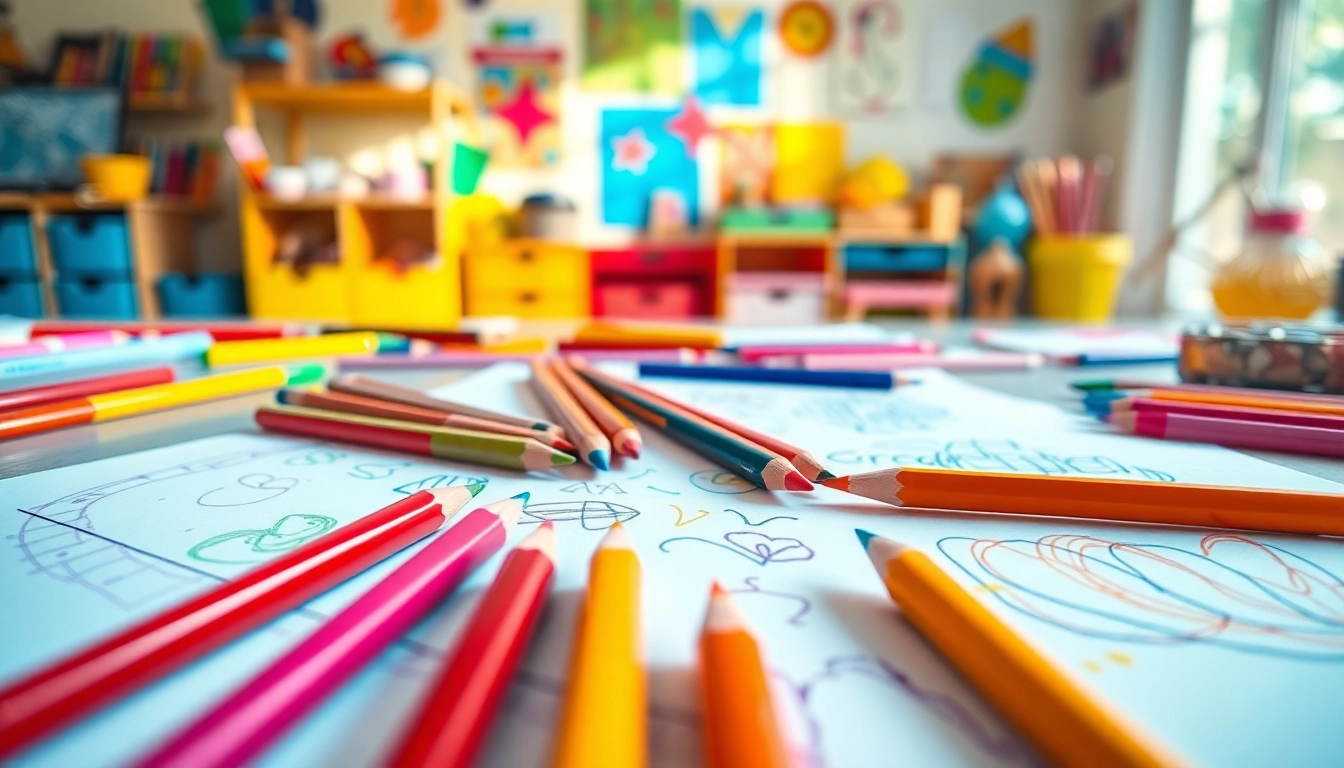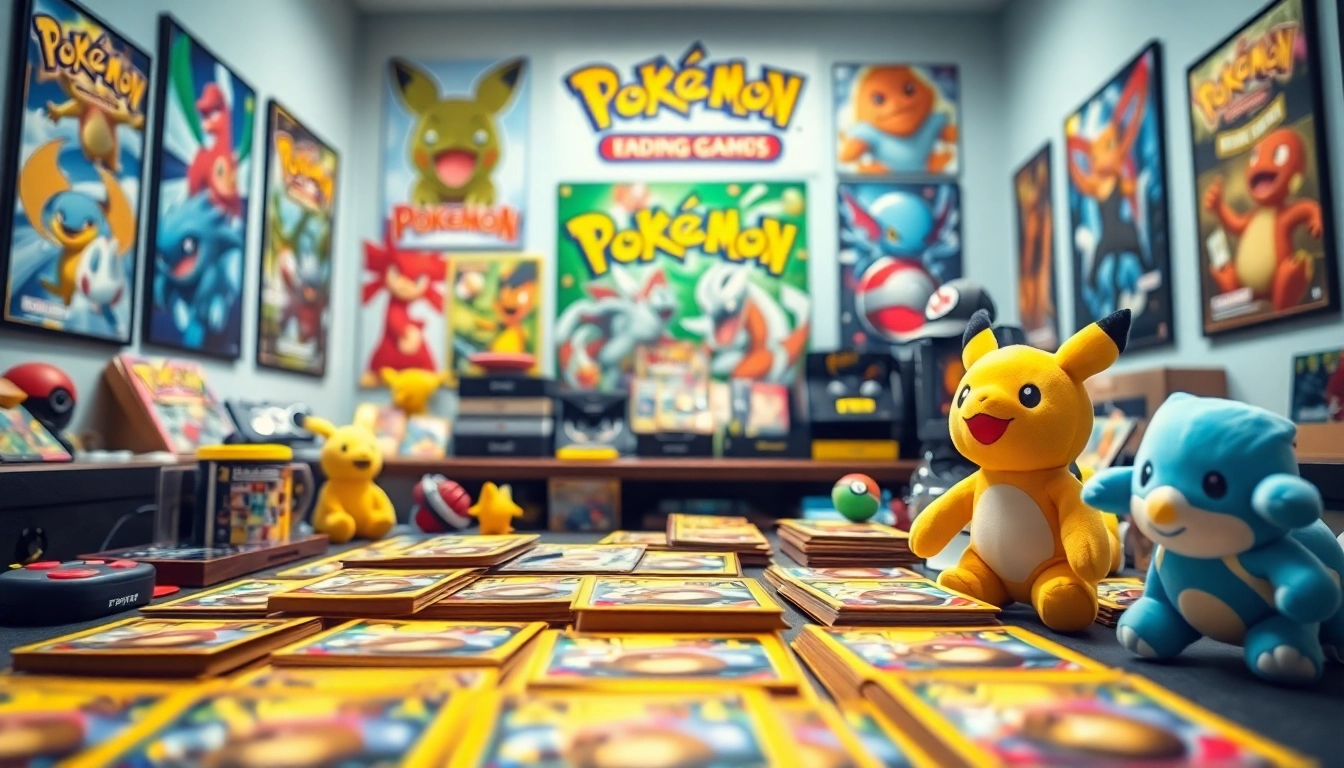The Importance of Kids Colouring Pencils in Development
Kids colouring pencils play an essential role in the cognitive and emotional development of children. Not only do these simple tools provide a means to create visually appealing art, but they also serve as a cornerstone for various developmental milestones. Engaging children with kids colouring pencils offers countless benefits that extend far beyond just artistic expression.
Enhancing Fine Motor Skills
The act of holding a colouring pencil and applying it to paper helps children develop fine motor skills, which are critical for everyday tasks such as writing, buttoning shirts, and using scissors. Fine motor skills involve the coordination of small muscles in the hands and fingers. When children colour, they practice gripping the pencil correctly, controlling the amount of pressure they apply, and balancing the movements of their wrists and fingers. Over time, with consistent practice, these skills enhance dexterity, improving one’s ability to manipulate objects safely and effectively.
Encouraging Creativity and Expression
Colouring can also serve as a profound outlet for creativity and self-expression. Children often use art to communicate their feelings, ideas, and stories that they may not yet have the vocabulary to express verbally. This creative exploration is crucial for developing their unique identity and boosting their self-esteem. When kids use colouring pencils, they experiment with colors, patterns, and textures, enabling them to explore different aesthetics and ideas freely. This fosters a lifelong love for creativity and the arts.
Facilitating Learning Through Art
Art is more than just an extracurricular activity. It is interconnected with numerous aspects of learning. By incorporating colouring into educational activities, parents and educators can increase engagement and encourage retention of new information. For instance, colouring can be used to reinforce subject matter in science or history. A child might colour a map to learn geography or create a visual representation of a plant’s lifecycle. This hands-on application of learning solidifies understanding and makes complex concepts more tangible and relatable.
Diverse Types of Kids Colouring Pencils Available
When it comes to choosing the right colouring pencils for children, it’s essential to understand the various options available. The type of pencils can greatly influence the artistic experience and the outcomes of the child’s creative endeavors.
Wax vs. Colored Pencils: Which is Better?
One of the most significant choices parents face is between wax crayons and colored pencils. Both have distinct characteristics and benefits. Wax crayons are generally easier to handle for younger children as they glide smoothly over paper. They can produce vibrant colors with minimal pressure, making them enjoyable for little hands. On the other hand, coloured pencils offer more precision and allow for detailed artwork. They can be layered and blended, giving children the chance to experiment with shades and gradients. Ultimately, the best choice depends on the child’s age, abilities, and artistic intent.
Specialty Pencils and Their Unique Features
In addition to traditional colouring pencils and crayons, there are specialty pencils designed for specific purposes. For example, watercolour pencils can be used dry for intricate designs, then activated with water to create a stunning wash effect. Metallic and neon pencils offer unique effects that can add flair to any artwork. Understanding these options allows parents and educators to select tools that inspire children to explore different artistic techniques and mediums.
Eco-Friendly Options: Safe Choices for Children
As environmental consciousness rises, parents increasingly seek eco-friendly art supplies. Many companies now produce non-toxic, biodegradable, and sustainable kids’ colouring pencils made from natural materials. These pencils not only ensure safety for children but also teach eco-responsibility. Choosing eco-friendly options can open discussions about environmental stewardship and inspire children to make sustainable choices as they grow up.
Creative Activities with Kids Colouring Pencils
Colouring pencils can be utilized for a variety of creative activities that go beyond mere colouring books. Engaging in these projects can enhance learning, deepen social interactions, and provide a platform for expressing unique thoughts and feelings.
Designing Personalized Art Projects
Encouraging children to design their art projects allows for personalization that enhances their connection to the task. For example, they could create a storybook, showcasing illustrations alongside their narrative. Alternatively, children can draw personal family portraits or depict their favorite memories. These thoughtful creations not only hone artistic skills but also provide a meaningful way for kids to express themselves, fostering a strong sense of identity.
Incorporating Coloring in Learning Activities
Incorporating colouring into learning environments can significantly enrich the educational experience. Teachers can use colouring activities to teach letters, numbers, or scientific concepts. For instance, using a coloring sheet featuring different animals can introduce children to biology while developing their motor skills. STEM (science, technology, engineering, and mathematics) concepts can also be introduced through art, making learning multidimensional and enjoyable.
Collaborative Art Projects for Teamwork
Collaboration fosters teamwork and social skills among children. Group projects involving colouring can be an excellent way to teach children the value of working together towards a common goal. For instance, a large mural project can encourage children to contribute their unique flair while learning to respect others’ ideas and perspectives. This kind of cooperative learning builds essential interpersonal skills and enhances the overall social fabric within classrooms or playgroups.
Tips for Choosing the Right Kids Colouring Pencils
Choosing the right colouring pencils entails considering several factors that can affect a child’s artistic experience. The right tools can boost creativity and engagement, making the decision crucial for parents and educators.
Considering Age Appropriateness
Age appropriateness is a vital factor when selecting kids’ colouring pencils. Younger children often require pencils that are easy to hold and control. Chubby, triangular pencils are generally more comfortable for small hands. On the other hand, older children may benefit from more advanced options that offer greater creative possibilities, like blending or shading capabilities. Understanding developmental stages is essential to provide tools that challenge yet support children’s abilities.
Evaluating Quality and Durability
The quality of the colouring pencils can significantly impact a child’s experience. High-quality pencils provide smoother and richer colors, making the artwork more appealing and satisfying. Additionally, durable materials are more resilient, withstanding the rough handling often associated with young artists. Investing in quality pays off in terms of longevity and usability, ensuring that colouring remains a joyful activity over time.
Budget-Friendly Sets vs. Premium Choices
When selecting colouring pencils, parents may face the dilemma of choosing between budget-friendly sets and premium options. While premium pencils often come with superior pigments and features, there are many affordable sets available that do not compromise quality. Assessing how often the pencils will be used can help determine the appropriate investment level. For casual use, budget sets may suffice, whereas passionate young artists might thrive with premium products.
Maintaining and Organizing Kids Colouring Supplies
Caring for and organizing kids’ colouring supplies is essential to ensure these tools remain in good condition while fostering a creative space at home or in the classroom. Proper organization encourages children to take responsibility, enhancing their respect for art materials.
Storage Solutions for Easy Access
Storage is key for maintaining an organized art area. Transparent containers, labeled drawers, or rolling carts can facilitate easy access to colouring pencils. A designated art station allows children to find their supplies quickly while promoting independence. Organizing by color or type can engage children in their creative space, turning it into a blend of functionality and fun.
Cleaning Tips to Extend the Life of Art Supplies
To prolong the lifespan of kids’ colouring supplies, regular maintenance is essential. For coloured pencils, sharpening them properly not only ensures optimal performance but also prevents breakage. Similarly, managing the mess associated with colouring, such as cleaning up spills or storing the pencils properly to avoid damage, can maintain the quality and longevity of the supplies.
Creating a Dedicated Art Space
A dedicated art space can encourage children to engage with their creativity regularly. A comfortable, well-lit area with a sturdy table and appropriate seating empowers children to dive into artistic projects without distraction or discomfort. Including inspiration sources, such as art books or pictures, can further ignite their imagination. An organized and equipped space stimulates their passion for art and fosters a lifelong commitment to creativity.



